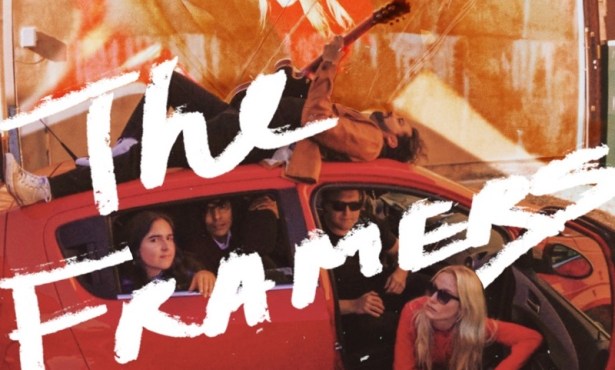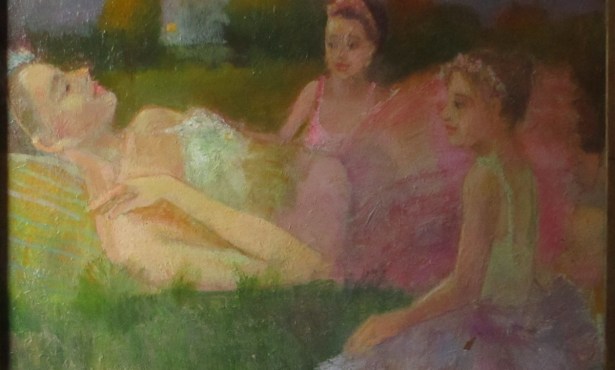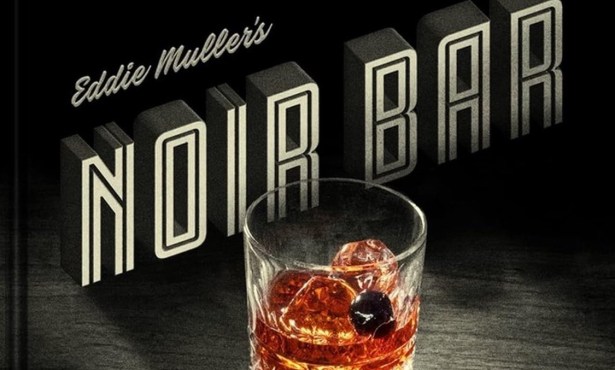A Time for Three, Plus a Santa Barbara Symphony Multitude
S.B. Symphony Teams Up with Crossover Sensation Time for Three, at the Granada Theatre

When the Santa Barbara Symphony launched its current season last month, to the epic tune of Beethoven’s Ninth, multiple choral groups mega-bolstered the onstage population to around 200. A different kind of numbers game is at work with the Symphony’s intriguing November program, Saturday night and Sunday afternoon, November 18 and 19, at The Granada Theatre. This time out, the Symphony proper will be joined by the young crossover sensation Time for Three, an unorthodox trio setting featuring violinists Nicholas “Nick” Kendall and Charles Yang and double bassist Ranaan Meyer. And did we mention that all three also sing?
For a taste of what the trio is about, proceed to last year’s album Letters for the Future (Deutsche Grammophon), featuring the piece Contact by composer Kevin Puts, recently hailed for his opera The Hours. (Listen to Contact here).
The SBS program will lend a special spotlight to Puts’s Contact, partly in collusion with an adventurous project known as The California Festival: A Celebration of New Music. Launched by conductor-composer Esa-Pekka Salonen and focusing on music written in the past five years, the festival involves such prominent California music organizations as the Salonen-led San Francisco Symphony, the Los Angeles Philharmonic, the San Diego Symphony, and the Ojai Music Festival.
As of this year, Time for Three (a k a TF3) has joined the ranks of Grammy-winning classical ensembles, having garnered the Best Classical Instrumental Solo award, with Puts’s Contact also winning the Best Contemporary Classical Composition trophy.
As SBS maestro Nir Kabaretti explained, this rising star of an ensemble represents “not only the typical kind of chamber music that you will hear, but these three soloists have made a difference in the music industry. They just won the Grammy this year, and we are so excited to feature them in a symphony concert because they are so well-trained in the classical world but are also very comfortable with pop. They really cross over, which is fascinating.
“These kids graduated from Juilliard. They are extremely confident and happy and at home when they play a Beethoven Violin Concerto as well as pop music. Seeing these confident musicians, it’s really the 21st century. The musicians of today are so versatile, and it’s such a joy to have them. We are lucky to have them. We signed the deal two days before they got the Grammy.”
Aside from the enthralling Contact, the upcoming SBS program will also include a segment for Time for Three on its own, and a second half consisting of orchestral pieces, which Kabaretti says “are very good virtuosic pieces to showcase the caliber of our musicians.”
The showcase includes Borodin’s “Polovtsian Dances,” Bizet’s L’Arlésienne Suite No. 2, and Ravel’s raucous — what some have called “drunken” and “deconstructionist” — La valse. Ravel’s tipsy masterpiece is one of the most notorious orchestral waltz works in the repertoire, and a test of an orchestra’s technical prowess, all the way to the anarchic finish line.
“Ravel was part of the French army in World War I,” Kabaretti comments. “What he witnessed inspired him to write kind of nasty music. He starts with the waltz and ends it with some kind of disastrous sounds to symbolize the end of the waltz era and of the old world, and of the empire. It’s really a piece about history.”
But Kabaretti also notes that Ravel sought to correct an incomplete impression of his objectives with the notorious work. “[Ravel] says, ‘I know that some people think that I wrote it as a kind of to describe history and all the horrible things that happened during the war, but actually it is all wrong. I had an interest in taking the waltz and playing with it.’
“This piece is about a process of sonorities. It starts very soft and then it gains momentum, a little bit like [Ravel’s] Boléro, but the rhythm is much more complicated. It’s one of the most difficult pieces to play, actually. La valse is an unbelievable experience.”
La valse, and much more, coming soon to an orchestral hall near us.
Symphonic Spectaculars: Featuring Time for Three at The Granada Theatre (1214 State St.); Saturday, November 18, at 7:30 p.m.; Sunday, November 19, at 3 p.m. See thesymphony.org.



